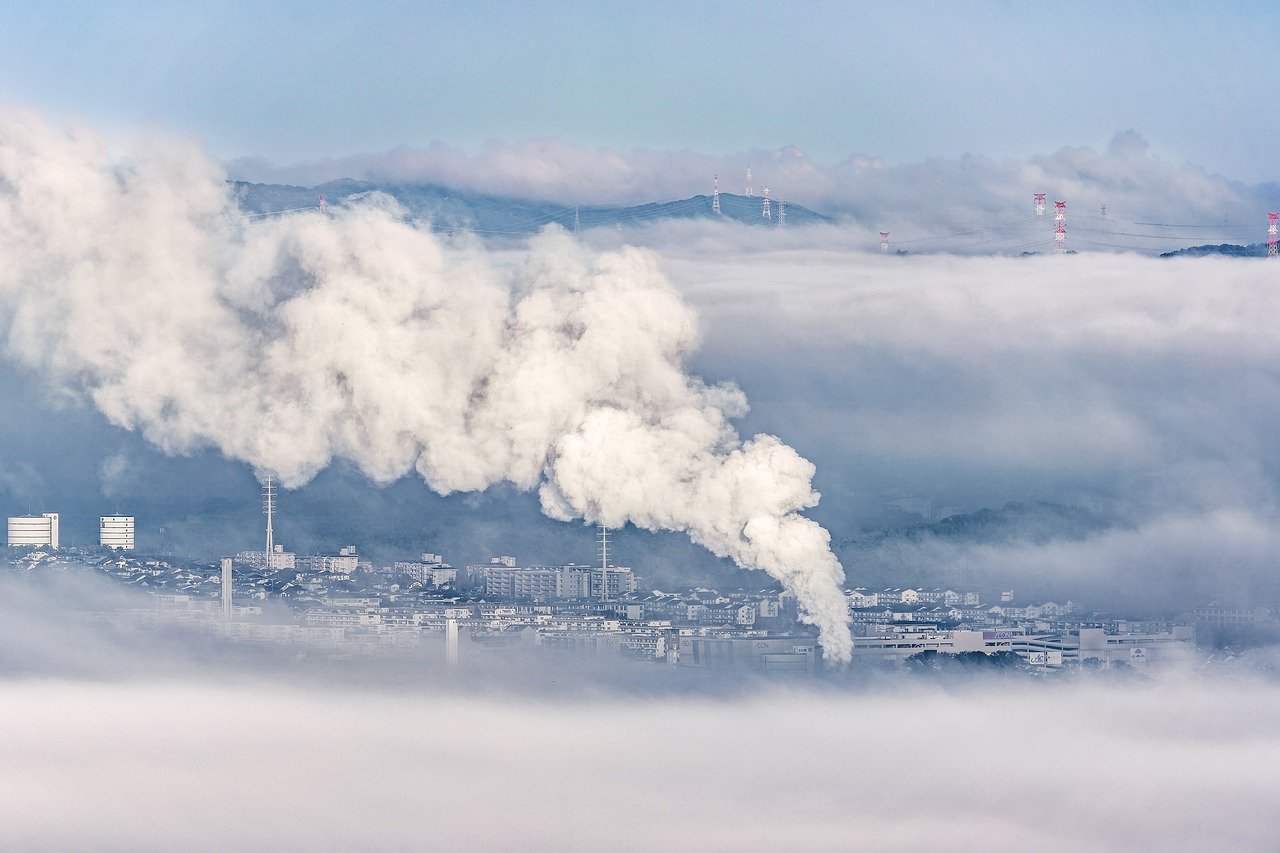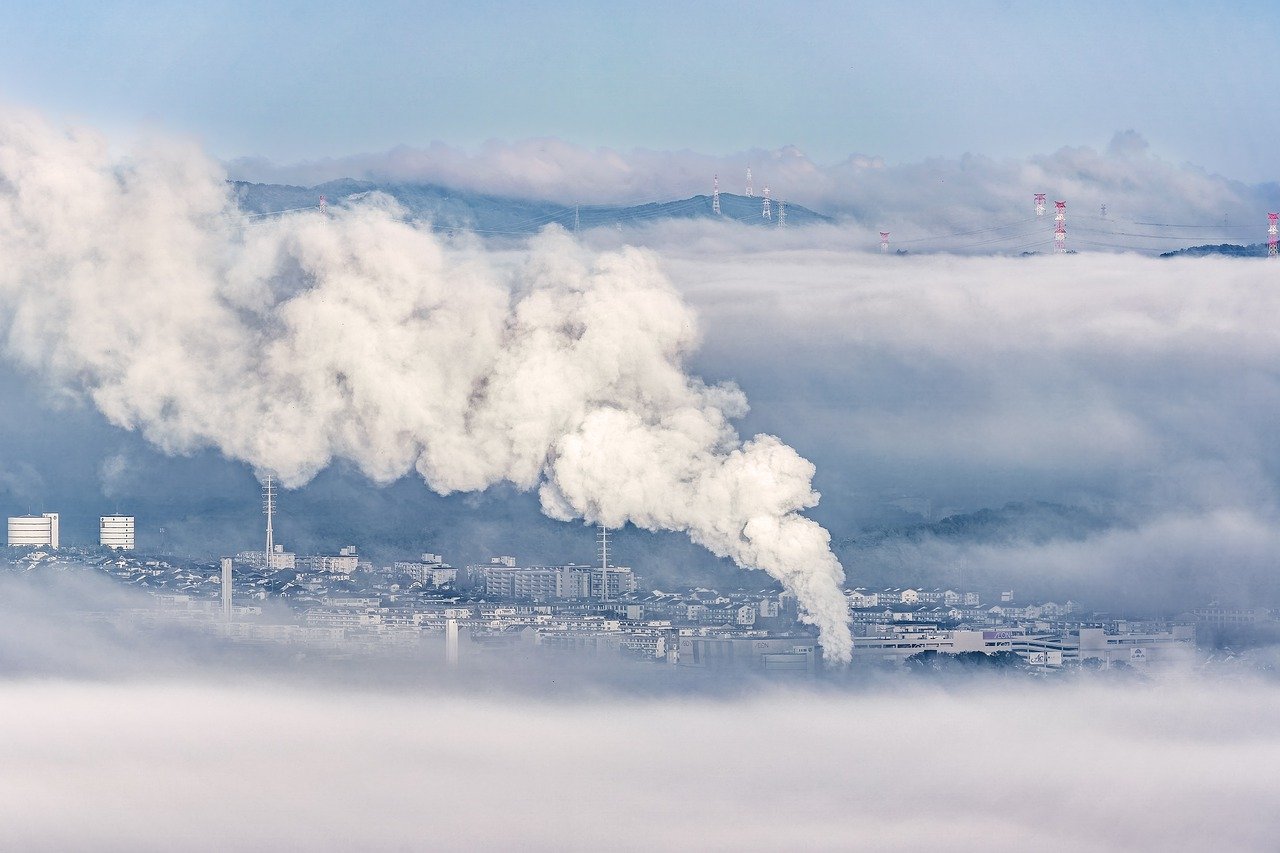
Delhi Chokes in Smog After Diwali Celebrations
This morning, the Indian capital was hit by a heavy blanket of smog, the result of Diwali celebrations, during which numerous fireworks were lit despite a ban imposed by the authorities.

Air pollution in Lahore, Pakistan’s second largest city, has reached unprecedented levels, exceeding the World Health Organization’s safe limit by more than 80 times. The air quality index recently reached an extremely high value of 1,067, before dropping to around 300 in the early morning hours. According to international rankings, a value above 180 already indicates “bad” air quality.
The situation is not unique to Lahore; other cities in the region have similar problems. Kolkata, India, ranked second on the air quality index with a score of 366. New Delhi followed in third place and Mumbai in fourth, with 229 and 177 points, respectively. Wuhan, China, also made the list with an index of 177.
These data highlight the severity of air pollution in large urban areas of the Asian subcontinent, where measures to improve air quality often prove insufficient compared to the scale of the problem. The main causes of this pollution are multiple and include industrial fumes, motor vehicles and agricultural practices such as crop burning.
Public health is particularly at risk in contexts like these: prolonged exposure to such high levels of air pollution can lead to serious consequences for human health, including respiratory and cardiovascular diseases. Local and national governments are therefore called upon to take urgent action to address this crisis.
In response to the environmental emergency, several experts suggest implementing more stringent policies regarding industrial emissions and promoting sustainable public transportation. It is essential to unite community efforts to raise public awareness of the risks associated with air pollution and the need for concrete actions.
The current situation requires a collective effort by citizens and institutions to significantly improve air quality and ensure a healthier environment for future generations. Only through active collaboration will it be possible to effectively address this increasingly critical issue in crowded urban areas.

This morning, the Indian capital was hit by a heavy blanket of smog, the result of Diwali celebrations, during which numerous fireworks were lit despite a ban imposed by the authorities.

Chris Packham has successfully come to an agreement with the government regarding two legal challenges he raised against its decision to either eliminate or postpone certain environmental policies.